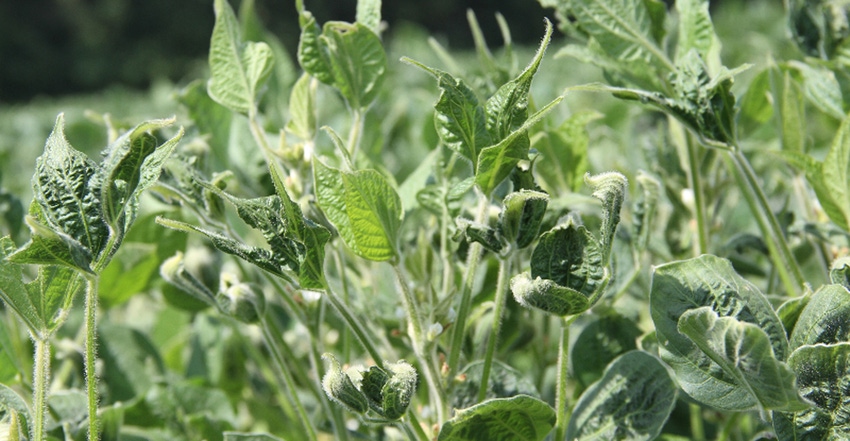
Off-label dicamba applications will cost more than a slap on the wrist as states revisit and outline pesticide misuse penalties. Missouri applicators will pay $10,000 for each off-label use violation, and repeat offenders will pay $25,000 per application. Missouri Gov. Eric Greitens recently signed the new off-label herbicide law after the state investigated more than 100 dicamba-drift cases and a man lost his life in a drift dispute last year.
Across the river, Illinois applicators who use off-label dicamba or do not follow label requirements will face penalties of $750 to $10,000, says Jean Payne, Illinois Chemical and Fertilizer Association.
The Illinois Department of Agriculture will investigate drift-complaint cases and assess fines according to the Illinois Pesticide Act point system. Applicators who apply a dicamba herbicide not labeled for use on soybeans may be charged points for “negligent” and “knowing,” Payne says. The negligent and knowing points combined with damage and unregistered-product points could add up to a $5,000 to $10,000 fine.
Why will applicators be fined negligent and knowing points?
This is the first time an active ingredient is labeled in different ways, Payne explains, including unique label requirements. IFCA, chemical companies, commodity groups and universities spent all winter teaching farmers and applicators about the three approved over-the-top dicamba formulations: XtendiMax, Engenia and FeXapan herbicides. IDOA acknowledges the ag industry’s education efforts, and it will be difficult for applicators who use off-label dicamba to claim they weren’t aware of the rules.

HARD TO PROVE: “Ignorance is not bliss,” says Jean Payne, Illinois Chemical and Fertilizer Association. She adds the IFCA fully supports IDOA’s ability to apply higher point values when it finds a “blatant violator” of the Illinois Pesticide Act.
What’s another way to avoid penalties? Follow the label requirements. The pesticide act point system penalties apply to dicamba label requirements such as wind speed, buffer zones and downwind applications.
“It will be very hard for an applicator to say they didn’t know there weren’t supposed to apply dicamba next to a vineyard or downwind towards a sensitive area,” Payne explains. “The Illinois Pesticide Act exists to enforce pesticide registration laws and the pesticide labels. The label language is affixed on all product containers so there is no impediment to having access to the use instructions and following those instructions.”
Not all off-target applications will be subject to negligent and knowing penalties. After an extensive investigation, IDOA may determine the applicator applied the appropriate formulation, knew the label requirements and tried his or her best to follow them, but an unexpected wind gust caused the problems. “Accidental exposures” are subject to a warning notice or a $750 fine.
A double-edged sword for licensed applicators
The decision of whether or not conditions are within label requirements falls directly on licensed applicators, Payne explains. That application decision could come with a hefty, two-hit fine: monetary penalties and points against the applicator’s license, which stay on their record for three years. Repeat offenders may have bigger problems.
“You could lose your license to do business in Illinois,” Payne says. “This is about using the right product, following the product labels and making the right decision on the day of application.”
Application decisions happen fast, which can create a tense situation for the applicator and the farmer. “In the end it’s the applicator’s responsibility to make that decision,” Payne notes. “The manufacturing companies have stressed that point very well. The applicator is responsible.”
The best application decision may be to not apply the herbicide at all, she adds, even when weeds are coming up, rain is in the forecast and the application window is closing.
“We tell our applicators if you have to say no, you have to say no,” she explains. “It’s your license, your insurance and your business on the line.”
About the Author(s)
You May Also Like




